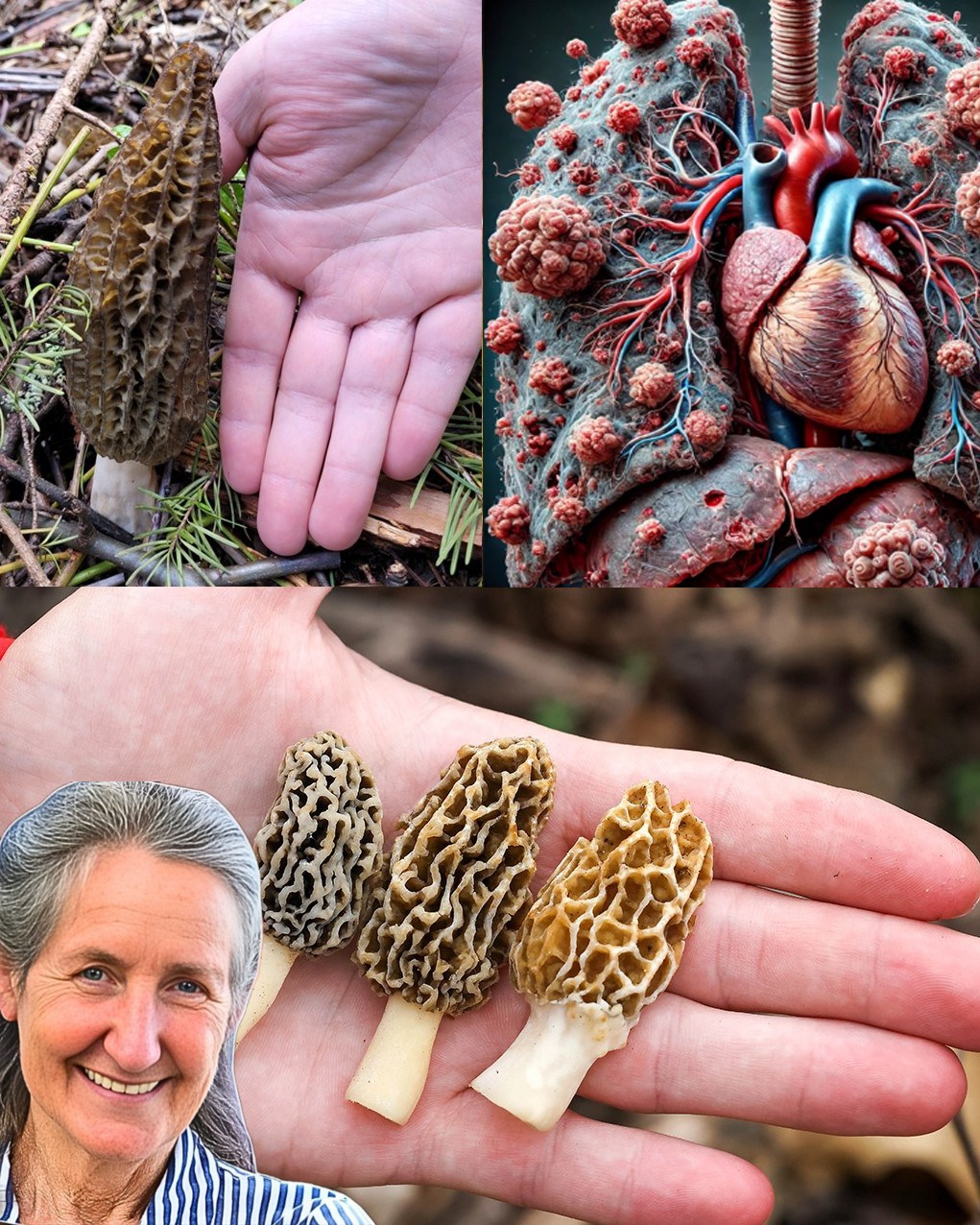The Enchanting World of Morel Mushrooms: Types, Benefits, and Safe Usage 

.
.
.

Morel mushrooms (Morchella spp.) are among the most coveted wild mushrooms, prized for their rich, earthy flavor and meaty texture. These elusive fungi are not only a gourmet delicacy but also boast numerous health benefits. Whether you’re a forager, a food lover, or a health enthusiast, understanding morels’ types, benefits, and safe usage can enhance your appreciation of these fascinating fungi.
Types of Morel Mushrooms 
Morel mushrooms come in various species, but the most common ones include:
1. Black Morels (Morchella elata & Morchella angusticeps) 
Dark, wrinkled caps with deep ridges
Found in burn sites, forests, and near decaying trees
Rich, smoky flavor, perfect for sautéing
2. Yellow Morels (Morchella esculenta) 
Light golden to tan color with a honeycomb structure
Grows in deciduous forests, near elm, ash, and apple trees
Mild, nutty taste, great for soups and sauces
3. Half-Free Morels (Morchella semilibera) 
Cap attached only halfway to the stem
Found in moist wooded areas and riverbanks
Less flavorful but still edible when cooked
Health Benefits of Morel Mushrooms 
1. Rich in Nutrients 
Morels are packed with essential vitamins and minerals, including:
Vitamin D – Supports bone health and immunity
Iron – Aids red blood cell production
Antioxidants – Helps fight oxidative stress
2. Boosts Immunity 
Morels contain beta-glucans, which enhance immune function and help the body fight infections.
3. Supports Brain Health 
Rich in polyphenols and micronutrients, morels may protect against cognitive decline and support mental clarity.
4. Aids Digestion 
High in fiber, morels promote gut health and improve digestion.
5. Potential Anti-Cancer Properties 
Studies suggest that morels may contain compounds with anti-cancer properties, though more research is needed.
Safe Usage: How to Harvest & Cook Morels 
1. Identifying Edible vs. False Morels 
True Morels: Hollow from stem to cap, honeycomb-like texture
False Morels (Gyromitra spp.): Dense, irregularly shaped, can be toxic if consumed
2. Cooking Morels Properly 
Never eat raw morels—they contain hydrazine toxins, which can cause digestive upset.
Rinse well to remove dirt and insects
Sauté in butter, olive oil, or cream sauces for a rich, umami flavor
Pair with meats, eggs, pasta, or risotto for gourmet dishes
3. Storing Morels for Longevity 
Fresh Morels: Store in a paper bag in the fridge for up to 1 week
Dried Morels: Last months to years when stored in an airtight container
Frozen Morels: Blanche first and store for long-term use
Final Thoughts 
Morel mushrooms are a true culinary treasure, offering a unique flavor profile and a variety of health benefits. Whether you’re foraging in the wild or purchasing them from a specialty store, always ensure proper identification, cooking, and storage for a safe and delicious experience. Ready to explore the magic of morels?

 Hande ve Kerem’in kız kardeşi, bebek sahibi olma gizli arzusunu açıkladı
Hande ve Kerem’in kız kardeşi, bebek sahibi olma gizli arzusunu açıkladı







